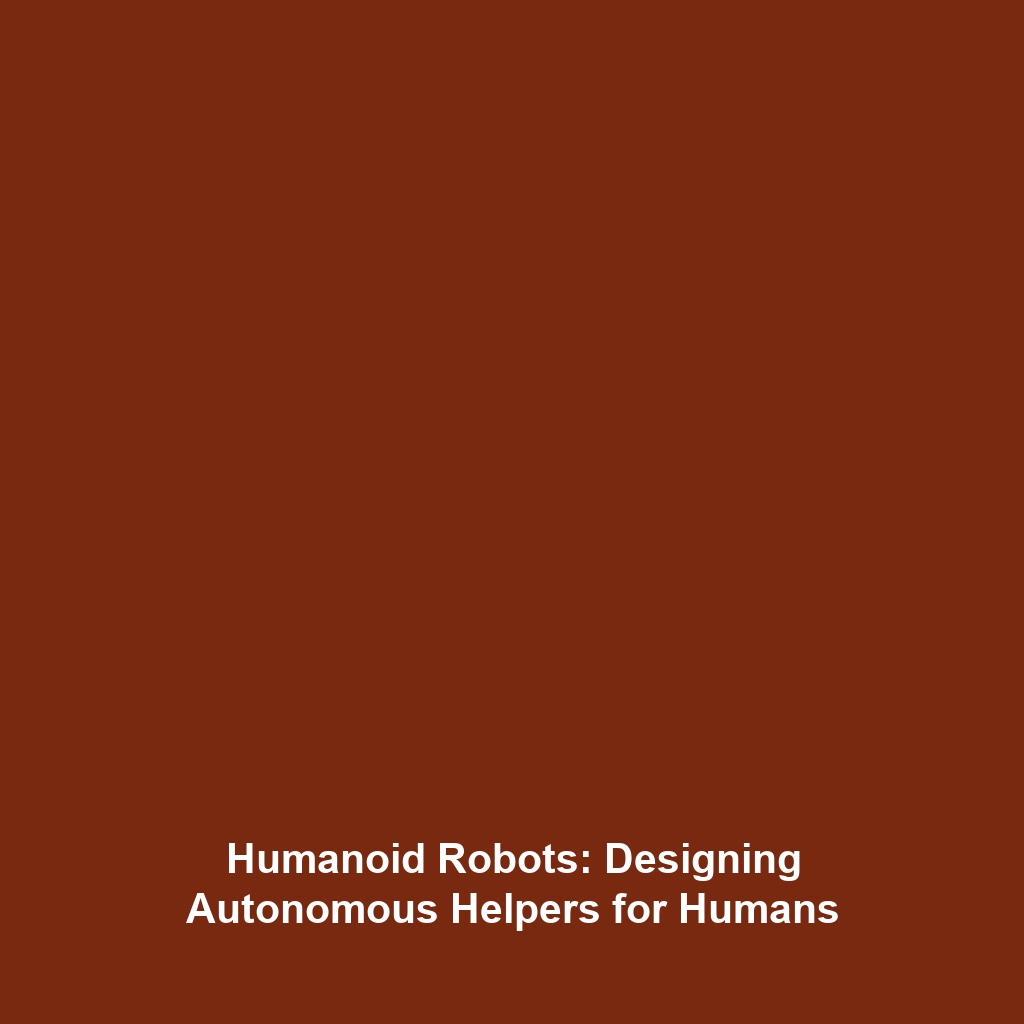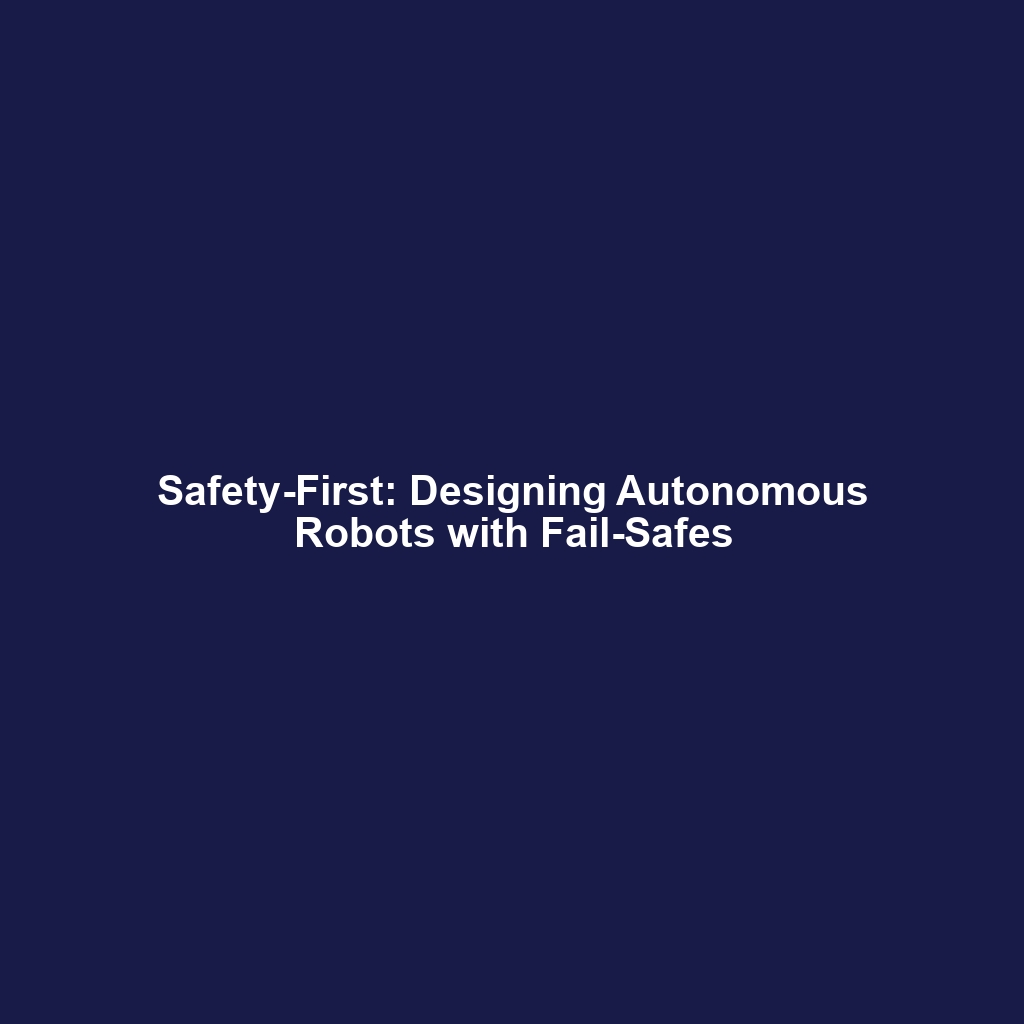The Concept of Cobotics: Collaborative Robots Designed to Enhance Human Capabilities
The emergence of cobotics, where collaborative robots (cobots) are designed to enhance human capabilities, is transforming the landscape of humanoid robots. These innovative technologies blend human cooperation with robotic assistance, enabling various industries to optimize productivity and safety. Understanding cobotics is critical as industries pivot towards automation, providing a unique intersection of human and robotic interactions that redefine modern work environments.
Key Concepts of Cobotics
Cobotics is built on several core principles that emphasize the synergy between robots and humans:
- Collaboration: Cobots operate alongside humans, designed to assist rather than replace.
- Safety: The design of cobotics prioritizes human safety, featuring sensors and controls to prevent accidents.
- Adaptability: Cobots can be easily programmed and reconfigured to perform multiple tasks.
- Intuitive Interaction: User-friendly interfaces and advanced AI allow seamless communication with users.
These concepts align cobotics with the broader category of humanoid robots, ensuring that these machines enhance human capabilities effectively.
Applications and Real-World Uses
The practical applications of cobotics are extensive and growing across various sectors:
- Manufacturing: Cobots assist workers on assembly lines, lifting heavy items, and conducting quality checks.
- Healthcare: Collaborative robots aid medical professionals in tasks like surgery and patient transportation.
- Agriculture: Cobots enhance farming by automating planting and harvesting, increasing yield efficiency.
- Retail: In warehouses, cobots manage inventory and assist with order fulfillment.
These applications illustrate how the concept of cobotics is utilized in the realm of humanoid robots, showcasing their ability to augment human work.
Current Challenges
While cobotics presents numerous advantages, several challenges remain:
- Integration Issues: Many businesses face difficulties in integrating cobots into existing workflows.
- Cost Barriers: Initial setup costs can be prohibitive for smaller enterprises.
- Technical Limitations: Current technology may not support complex tasks without supervision.
- Regulatory Concerns: The legal framework governing collaboration between humans and robots is still evolving.
Addressing these challenges is crucial for maximizing the potential of cobotics within humanoid robots.
Future Research and Innovations
The future of cobotics is promising, with ongoing research and anticipated innovations including:
- Enhanced AI: Future cobots will leverage advanced artificial intelligence for better decision-making.
- Improved Sensing Technology: Next-gen cobotics will feature sophisticated sensors to improve interaction with humans.
- Interconnectivity: Cobots are expected to work collaboratively with each other, creating a networked environment.
- Customization: Innovations will enable easier tailoring of robots to specific tasks and environments.
These advancements will play a significant role in shaping the future of humanoid robots, predominately in the arena of cobotics.
Conclusion
The concept of cobotics represents a pivotal evolution in humanoid robotics, enhancing human capabilities across various sectors through collaboration and innovation. As industries continue to adopt these collaborative robots, it is essential to understand their implications and potential. For further insights on the intersection of technology and human enhancement, explore our related articles on humanoid robot development and the future of robotics technology.



